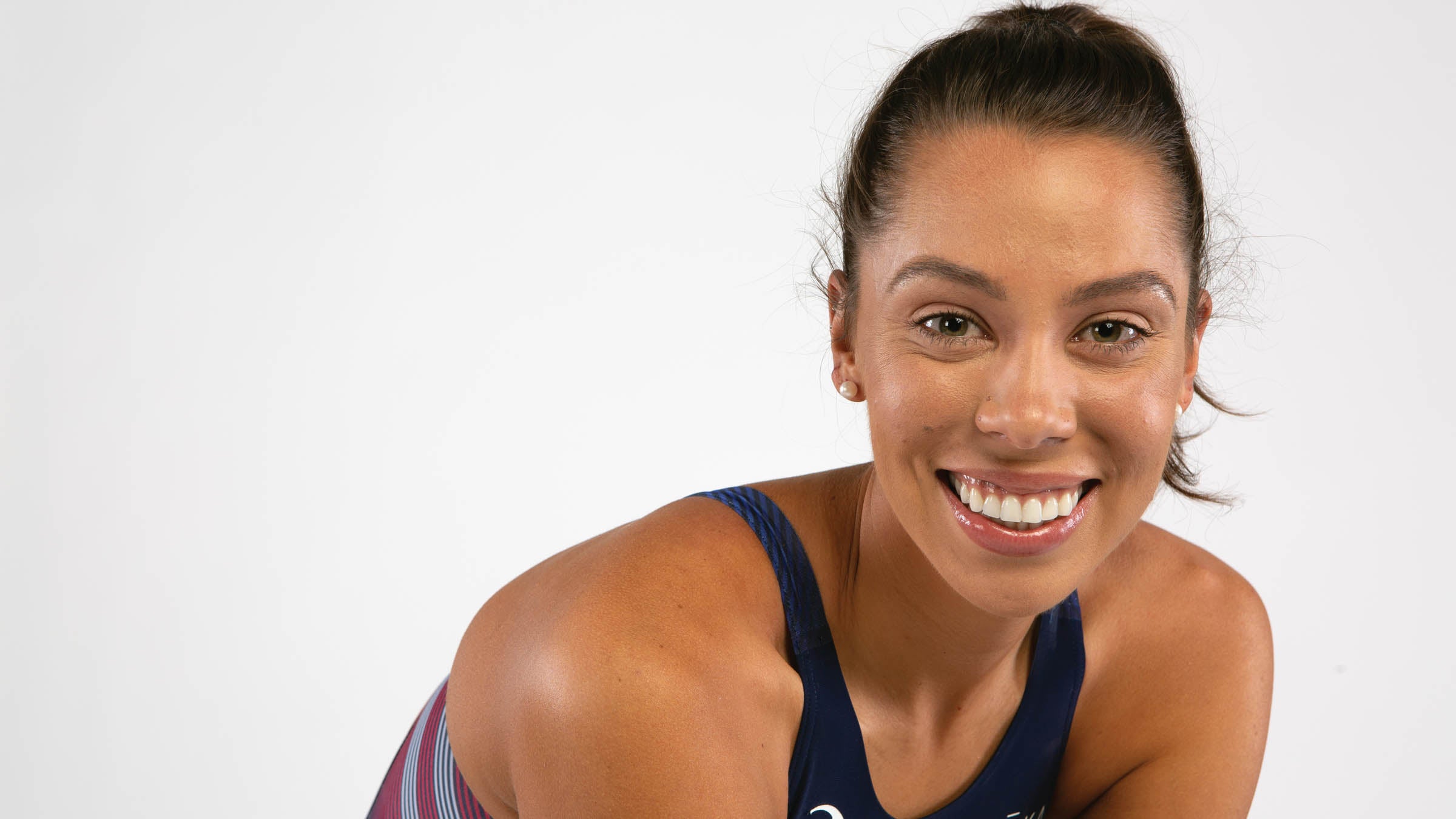Profile: Grace Norman's Paralympic Quest for More

(Photo: Brad Kaminski)
In 2016, Grace Norman, a teenager out of Jamestown, Ohio, became the unsung star of the Paralympic Games. First, she won gold in her division in the inaugural paratri event, and then went on to pick up a bronze on the track, running 1:01.83 and setting an American record in the 400m. Norman, whose left leg was amputated below the knee soon after birth due to congenital constriction band syndrome, rightfully lived up to her nickname: Amazing Grace.
Since then, Norman, now 23, has turned her attention entirely to triathlon after the 400m event was scrubbed from the Paralympic line-up and has been named to the Tokyo Paralympic triathlon team in the PTS5 division. She also picked up a new coach, graduated from college with a nursing degree, moved to South Bend, Indiana, and, of course, endured the stress and heartbreak that accompanied living through a pandemic. The COVID-19 shutdowns meant Norman couldn’t race with her teammates in her senior track season at Cedarville University, or finish out the semester on campus with her friends. She graduated without an actual graduation ceremony. And then came the ultimate blow of the Paralympics being postponed for another year.
“At the time, I was devastated,” she said. “Everyone lost something during the pandemic, and I felt that loss greatly. It was shocking, and sad, and difficult to work through.”
A year later with a dose of fresh perspective, Norman believes the delay ended up benefitting her. The extra year provided Norman time to grow and adjust to a different coach in Greg Mueller. And it allowed her to sharpen her physical skills—she is now faster across the board, most recently averaging nearly 23 mph on the 12-mile bike course and hitting 5:48 per mile over the 3.1-mile run at Challenge Daytona in December. She said she’s also mentally matured.
“I’m a much stronger athlete, a much stronger person, and so much more grateful,” Norman said, adding that Mueller introduced her to training with data and power, which has boosted her performance. “This extra year has been really big in what I hope to accomplish this summer.”
Norman, who is unrivaled in the women’s PTS5 division in the U.S., welcomes the momentum being gained among paratri in general, and hopes that means she will have more of a push in Tokyo. (She won her sprint-distance race at the Paralympics in Rio by more than a minute).
“Paratriathlon is gaining more steam, so it’s exciting to see new athletes come out,” said Norman, who placed third in the 2019 world championships in Lausanne, Switzerland. “There has been a strong field building over the past few years, and that’s a good thing.”
After the Paralympics, Norman hopes to start a job in either emergency or psychiatric nursing, carrying on the family tradition of working in healthcare (her mom, Robin, is a doctor, and her two sisters are in nursing as well). But for now, she’s remaining laser-focused on breaking the tape in Tokyo.
“Most definitely, the goal is to defend my gold,” she said. “It’s what I’ve been waiting for.”
Paratri Classes, Explained
There are six categories in paratri—but not all of them are contested in every Olympics. In Tokyo, the events will include: PTWC men and women, PTS2 women, PTS4 men, PTS5 men and women, and the PTVI men and women.
| PTWC | All wheelchair users; athletes bike on a recumbent handcycle and use a racing wheelchair on the run segment |
| PTS2* | Athletes with severe impairments in the lower and/or upper limbs All wheelchair users; athletes bike on a recumbent handcycle and use a racing wheelchair on the run segment |
| PTS3 | Athletes with significant impairments in the lower and/or upper limbs |
| PTS4 | Athletes with moderate impairments in the lower and/or upper limbs |
| PTS5 | Athletes with mild impairments in the lower and/or upper limbs |
| PTVI | All athletes with visual impairments who must use a guide throughout the race and ride a tandem during the bike segment |
*Athletes in PTS2-PTS5 are allowed to use prosthetics and have bike modifications.